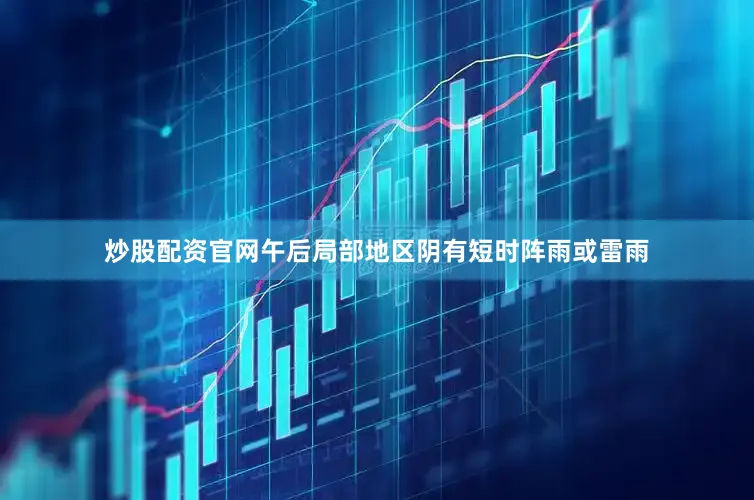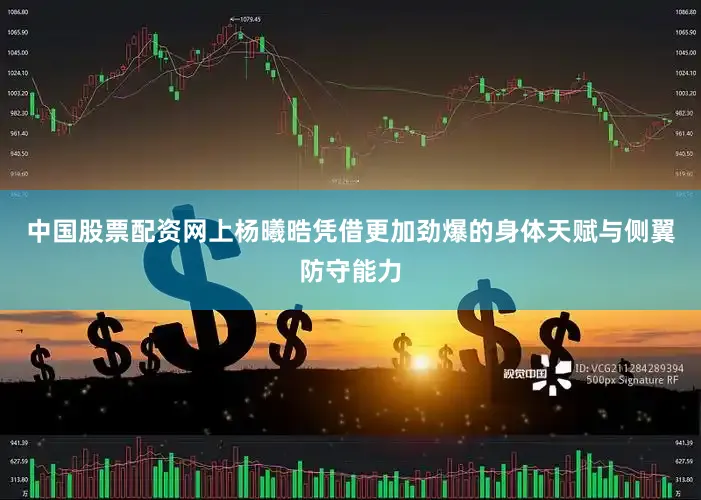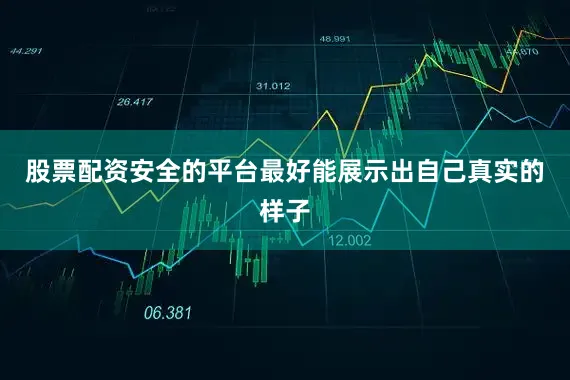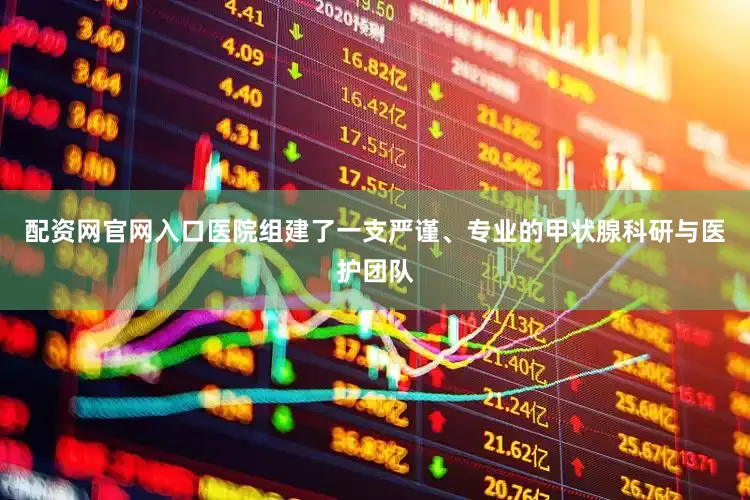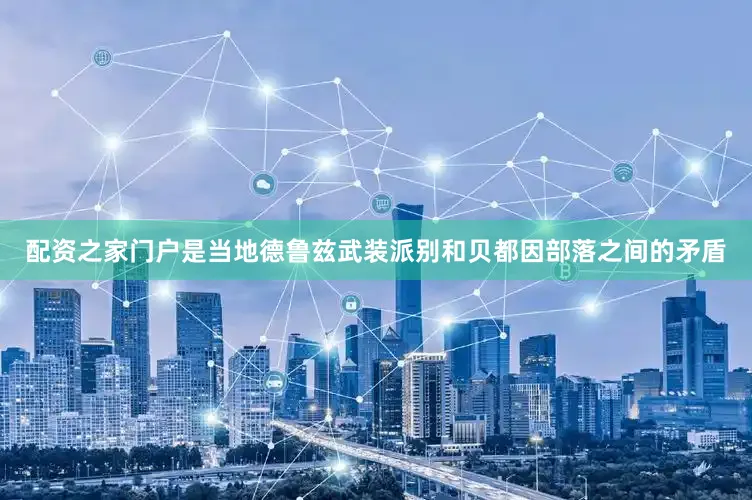
In 2025, the Portland Trail Blazers made headlines when they selected Chinese rising star Yang Hansen with the 16th overall pick in the NBA draft. While fans celebrated enthusiastically, the move sparked significant discussion within the league. On the first day of jersey sales, over 50,000 units were sold, setting a franchise rookie record and generating more than $2 million in brand exposure within a week. NBA Commissioner Adam Silver publicly confirmed that the team had initiated the sale process in May, emphasizing that the prospective new owners must address the pressing challenge of upgrading the 30-year-old Moda Center. This situation raises a critical question: is this merely a sports decision, or a carefully orchestrated commercial strategy? Can the vast Chinese market serve as a financial lifeline, or is it merely masking deeper issues tied to local policy challenges?
展开剩余86%The sale process, launched by the Paul Allen estate management in May 2025, represents the latest case in a recent wave of NBA team ownership changes, following transactions involving the Hornets, Mavericks, and Celtics. Silver stated that the league wants the team to remain in Portland but highlighted the construction of a new arena as the foremost obstacle. Since opening in 1995, the Moda Center is among the oldest NBA venues, and planned upgrades initially scheduled before 2030 have been delayed due to the ongoing sale. Renovation requires hundreds of millions of dollars and faces significant pushback from the Portland City Council. The 2024 decision to cut public safety funding by 15%, combined with local controversies around “anti-police culture,” threatens to undermine public financial support. League data suggests that delays in arena modernization could negatively affect the team’s long-term valuation, similar to the situation that triggered relocation rumors after the Thunder’s championship.
Local fan reactions have been mixed. On social media, some questioned whether financing risks around the new arena would deter potential buyers, citing Portland’s complex political environment. Silver stressed that new ownership must independently navigate these local issues, with no financial aid promised by the league, increasing uncertainty around the sale. Historical precedents show that unresolved arena problems have sometimes led to team relocations, as with the Seattle SuperSonics.
The Blazers’ decision to use the 16th pick to draft Yang Hansen was not solely based on basketball potential. According to league insiders, the move was designed to tell a “market growth story.” With 600 million basketball fans in China and annual NBA broadcast revenues reaching $300 million, Yang’s arrival is viewed as a strategic asset to activate the Asian market. Sales data supports this commercial value: breaking team records with over 50,000 jerseys sold on day one and contributing upwards of $2 million in brand exposure within a week. Social media discussions about the player surged by 35%. This success not only boosts the team’s short-term valuation but also presents potential buyers with a compelling narrative of “Trail Blazers China,” aligning with the NBA’s global expansion plans.
This strategy has sparked widespread debate among fans. Some praised the pick as a savvy move that could accelerate the team’s sale, while others expressed concern that overreliance on the Chinese market might dilute the team’s local roots. Draft analysts noted that although Yang’s talent is promising, commercial considerations heavily influenced the decision. The trend of valuation premiums is evident in recent high-profile transactions such as the Lakers’ $10 billion and Celtics’ $6.1 billion deals. The Blazers’ approach can be seen as a synergistic tactic, though risks remain regarding the player’s adaptation and injury—historical data indicates a 20% injury rate for international rookies entering the league.
Experts widely interpret the selection of Yang Hansen as a short-term promotional move linked to the sale process. The arena dilemma and local policy tensions form the core obstacles. Portland’s budget cuts may restrict financing options for new ownership, while the NBA’s insistence on keeping the team local leaves funding gaps unresolved. The timeline is clear: the sale began in May, immediately followed by the draft decision, creating a synergy that elevates commercial interest and team valuation. Ultimately, the new owner’s ability to overcome local challenges will determine the team’s fate. League valuation reports estimate that arena upgrades could enhance franchise value by 30%, whereas delays may inflate a valuation bubble.
Public opinion is polarized. Supporters claim Yang is the catalyst for the Blazers’ revival, while critics argue it is a capital-driven game that neglects Portland’s grassroots fanbase. Background data reflects a trend of franchise sales fueled by investors’ confidence in the NBA’s commercial potential, but local conflicts remain an underlying risk.
Yang Hansen’s draft pick as part of the sale strategy highlights a fundamental tension in modern professional sports: how to balance the league’s commercial ambitions with community loyalty. driven decisions generate short-term gains but risk eroding the core spirit of the game. Portland’s arena challenges and budget constraints remind us that behind the capital fervor lies a heavy local cost. Readers are invited to reflect on whether the NBA’s globalization, driven by franchise valuations over fan sentiment, is reshaping the essence of sport itself. This moment is not only a crossroads for the Blazers but also a profound test of the league’s values.
[Disclaimer] The content and images are sourced from the internet and aim to promote positive social values. If any copyright or privacy issues arise, please contact us for immediate removal or correction.
发布于:福建省广盛网配资-在线杠杆配资-股票杠杆炒股平台-配资入门网提示:文章来自网络,不代表本站观点。

